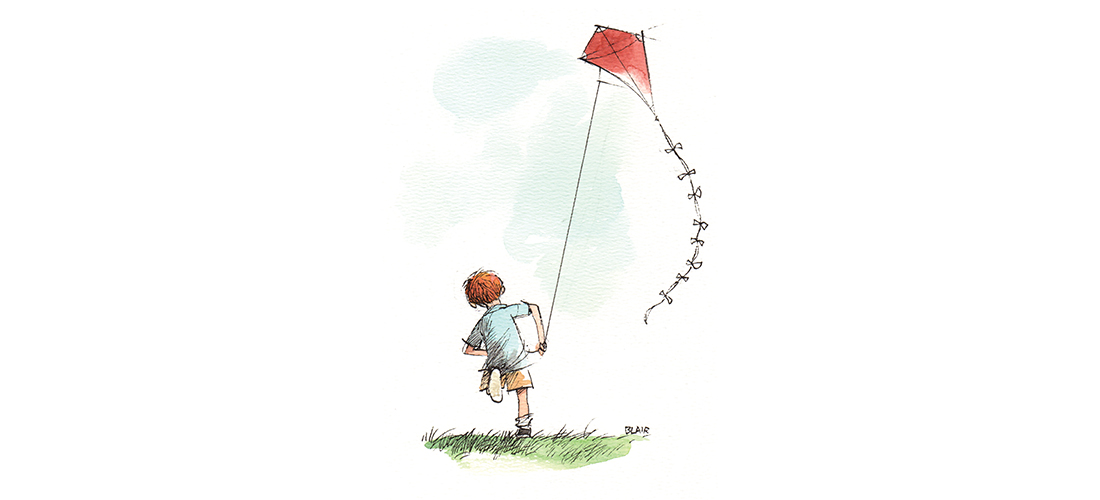The Delta Blues Legend Nobody Knew
A new biography of Robert Johnson comes alive with anecdotal details
By Stephen E. Smith
Biographers, musicologists and blues aficionados who’ve attempted to research the life and times of bluesman Robert Johnson have faced a daunting challenge: Not much is known about the elusive Johnson, who was born out of wedlock in Hazelhurst, Mississippi, in 1911, and whose lifeless body was found 27 years later in a ditch outside Greenwood.
All that remains of Johnson are a couple of photographs — and they don’t tell us much about his life — and a death certificate that lists only the date of his demise (Aug. 16, 1938) and the location of the body when it was found. And, of course, there are the 29 classic recordings, including 12 outtakes, of Johnson’s playing and singing what would eventually transform the man in a pinstripe suit holding a Gibson L-1 guitar into the definitive bluesman whose Delta style influenced a generation of guitar heroes.
Those are the available facts. The heart of the Robert Johnson legend, the details of how he lived and the appalling circumstances surrounding his death, are based on speculation, hearsay, rumor and outright invention, and despite a plethora of books, a feature film and a documentary or two, there’s been little primary source material available until the publication of Brother Robert: Growing Up with Robert Johnson, by Annye C. Anderson with Preston Lauterbach.
Annye Anderson is Johnson’s stepsister. She considers Robert “family,” although they weren’t blood relatives and were linked only by a convoluted mixing of broken relationships and communal living arrangements. Still, she managed to spend time with the great bluesman through her preteens, and she willingly supplies anecdotal details and insights into his life and personal habits. She also retells stories that were passed down to her from her extended family.
Given the dearth of information surrounding Johnson’s life, Anderson’s testimony is a welcome addition to the historical record, but the serious reader must be willing to take Anderson’s recollections at face value. Although there’s a chance of falling victim to a hoax, there’s no reason to believe that Anderson isn’t who she says she is. She supplies a summary of family relationships that link her to Johnson, and her intimate knowledge of the time and place in which Johnson lived is convincing enough. It’s reasonable to assume, or at least to hope, that Anderson’s collaborator, Preston Lauterbach, the author of three previous blues-related volumes, and the publisher, Hachette Books, have done their homework.
Anderson’s stated purpose is to “set the record straight.” Readers learn about Johnson’s daily routine in Memphis and details of his hoboing, his love life, his favorite foods, his preferred tobacco, and the divergent sources of his music.
Given the time and social circumstances in which he lived, Johnson was aesthetically middlebrow. “I know his (Brother Robert’s) repertoire pretty well,” Anderson writes. “He was blues, he was folk, he was country. Jimmie Rodgers was his favorite, and he became my favorite. Brother Robert could yodel just like he did. We did ‘Waiting for a Train,’ together. . . . And you name it. All the Irish songs he did, because in the South they used to sing lots of those songs: ‘Annie Laurie,’ ‘My Bonnie,’ and ‘Auld Lang Syne.’” Like many bluesmen of the period, Johnson played at juke joints, in parks, at rent parties and dances, and on street corners and front porches, but never achieved national recognition during his lifetime.
Typical of Anderson’s recollections is Johnson’s last visit at a family gathering on the evening of the Joe Louis-Max Schmeling fight. Johnson, guitar in hand, was decked out in a white sharkskin suit, Panama hat and patent leather shoes. “He was razor sharp when he dressed,” Anderson recalls. “He (Johnson) did ‘Terraplane (Blues),’ ‘Sweet Home Chicago,’ ‘Kind Hearted Woman,’ he and Son (Johnson’s half-brother) did ‘44 Blues’. . . . That night of the big fight was the last time I saw him.”
Johnson died not long after the Louis-Schmeling bout. “Everyone was in shock,” she writes. “He was dead two weeks before we knew. . . . We weren’t going to sing Jimmie Rogers together ever again, or sing ‘John Henry’ together anymore.”
The second half of Anderson’s memoir is a predictable tale of music-biz skulduggery. Johnson’s recordings went unappreciated until Columbia Records released King of the Delta Blues Singers in 1961. In the early ’60s, Steve LaVere, a researcher and promoter of blues artists, began to focus on the Johnson legend, making himself wealthy in the process. Anderson sums up seemingly endless controversy in one paragraph: “People say Steve LaVere made Robert Johnson a legend. No. Steve LaVere didn’t tell Eric Clapton about Robert Johnson. He didn’t tell Led Zeppelin or the Rolling Stones. Musicians already knew Brother Robert’s work before LeVere got into the picture. That’s the whole reason LeVere got involved. Those big artists had covered Brother Robert’s songs that nobody had copyrighted. Brother Robert was already a goldmine fifteen years before he won a Grammy. Steve LaVere caught on before anyone else, and we never caught up to him.”
As for the oft-repeated myth that Johnson sold his soul to the devil and the melodramatic stories surrounding his death by poisoning or from the ravages of congenital syphilis, Anderson dismisses it all, noting that people will say “anything for a dollar.”
Despite endless legal wrangling, Anderson and her half-sister Carrie Spencer never profited from Johnson’s belated success, and a sense of bitterness shades her memoir. In addition to setting the record straight, money is surely one of the motivations behind Brother Robert. Claud Johnson, who was ruled by the Mississippi Supreme Court to be Robert Johnson’s son, received over a million dollars in royalties in 1998. “My family lost all we worked for during the past twenty-five years,” Anderson writes. “You know, I was born at night, but not last night.”
Anderson supplies blues enthusiasts with a few mundane but revealing recollections that help flesh out the character of Robert Johnson, but we still lack a fully dimensional portrait. The man remains a mystery, a mostly fictive figure whose 29 recordings have had a profound influence on an essential American art form.
Stephen E. Smith is a retired professor and the author of seven books of poetry and prose. He’s the recipient of the Poetry Northwest Young Poet’s Prize, the Zoe Kincaid Brockman Prize for poetry and four North Carolina Press awards.


